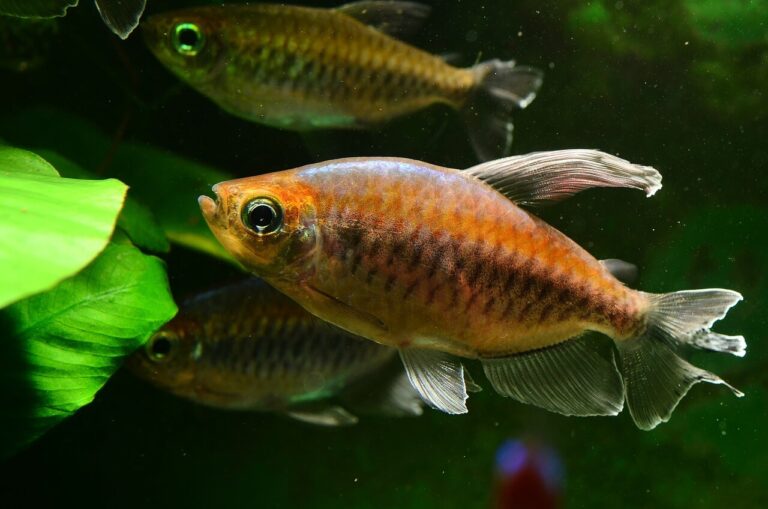Snapping turtles are fascinating aquatic reptiles that make unique and captivating additions to your outdoor space or educational facility. Whether you want to create a habitat for educational purposes, conservation, or simply as a habitat for these incredible creatures, it’s crucial to ensure their well-being. In this comprehensive guide, we’ll cover everything you need to know about setting up a snapping turtle habitat, from choosing the right location to providing a safe and enriching environment for these intriguing reptiles.
Selecting the Ideal Location
The first step in setting up a snapping turtle habitat is choosing the right location. Snapping turtles require specific environmental conditions for their health and well-being. Here are some key considerations:
1. Sun and Shade Balance
Snapping turtles are ectothermic, which means they rely on external sources of heat to regulate their body temperature. Choose a location that provides a balance of sunlight and shade. This allows the turtles to bask and warm up, while also having a cool spot to retreat to when necessary.
2. Proximity to Water
Snapping turtles are semi-aquatic and need access to a water source. Ensure that your habitat is close to a natural or artificial pond, stream, or large water container, as this is where they will spend a significant portion of their time.
3. Vegetation
Incorporate aquatic vegetation into the habitat. Turtles often use plants for shelter, spawning sites, and as a food source. Submerged and emergent aquatic plants can be crucial for their well-being.
Designing the Habitat

Once you’ve selected the ideal location, it’s time to design the snapping turtle habitat. Proper design is vital for the turtles’ safety and well-being.
1. Fencing
To protect the turtles from potential predators and prevent them from wandering off, it’s advisable to install a sturdy fence around the habitat. Ensure the fence is buried underground to prevent digging escape artists.
2. Substrate
Sand is an excellent substrate choice for snapping turtle habitats. It allows them to bury themselves and provides a suitable environment for egg-laying. Ensure it is free from any harmful chemicals or contaminants.
3. Water Quality
Maintaining water quality is essential for your snapping turtles. Regularly filter and circulate the water to prevent stagnation. Test the water parameters regularly and ensure it’s free from chlorine and heavy metals.
4. Shelter
Snapping turtles need hiding places to feel secure. Incorporate logs, rocks, and aquatic plants for shelter. You can even add a basking platform to allow them to warm up properly.
5. Water Depth
Create areas of varying water depths within the habitat. Shallow areas are suitable for basking and feeding, while deeper areas provide opportunities for swimming and foraging.
Temperature and Lighting
Maintaining the right temperature and lighting conditions is crucial for the health and well-being of snapping turtles.
1. Temperature Control
Maintain a temperature gradient within the habitat. Provide heat lamps or basking spots where the temperature reaches 85-90°F (29-32°C) for basking and digestion. Ensure cooler areas for them to retreat to when needed.
2. UVB Lighting
Snapping turtles require UVB lighting to metabolize calcium and maintain healthy shell development. Install UVB lamps that cover a portion of the basking area.
Diet and Feeding
Snapping turtles are omnivores and have diverse dietary needs.
1. Varied Diet
Offer a well-balanced diet that includes fish, insects, aquatic plants, and even some fruits and vegetables. This variety ensures they receive all necessary nutrients.
2. Supplements
Consider adding calcium and vitamin supplements to their diet to prevent nutritional deficiencies.
3. Feeding Schedule
Establish a regular feeding schedule to provide consistency and help monitor their health. Younger turtles typically require more frequent feeding, while adults can be fed less frequently.
Health and Maintenance
Maintaining the health of your snapping turtles and their habitat is an ongoing responsibility.
1. Regular Health Checks
Schedule regular check-ups with a reptile veterinarian to ensure your turtles are in good health. Any signs of illness or injury should be addressed promptly.
2. Habitat Cleaning
Keep the habitat clean by removing uneaten food, waste, and debris. Regularly change the water to maintain water quality.
3. Breeding Considerations
If your goal is to breed snapping turtles, ensure that you provide suitable conditions for nesting, including a sandy area for egg deposition. Consult with experts for specific breeding guidelines.
Legal Considerations
Before setting up a snapping turtle habitat, it’s essential to be aware of any local, state, or federal regulations and obtain any necessary permits.
1. Permits
Check with local authorities and wildlife agencies to determine if you need permits or approvals for keeping snapping turtles.
2. Species Identification
Ensure you can correctly identify the snapping turtle species you intend to keep, as regulations may vary based on the species.
Conclusion
Setting up a snapping turtle habitat is a rewarding endeavor that allows you to observe and appreciate these remarkable reptiles up close. By choosing the right location, designing a suitable habitat, and providing the necessary care and attention, you can create an environment where snapping turtles can thrive. Remember to stay informed about local regulations and consult with experts to ensure the well-being of your turtles. With the proper setup and ongoing care, you’ll have a thriving snapping turtle habitat that provides endless opportunities for learning and enjoyment.


